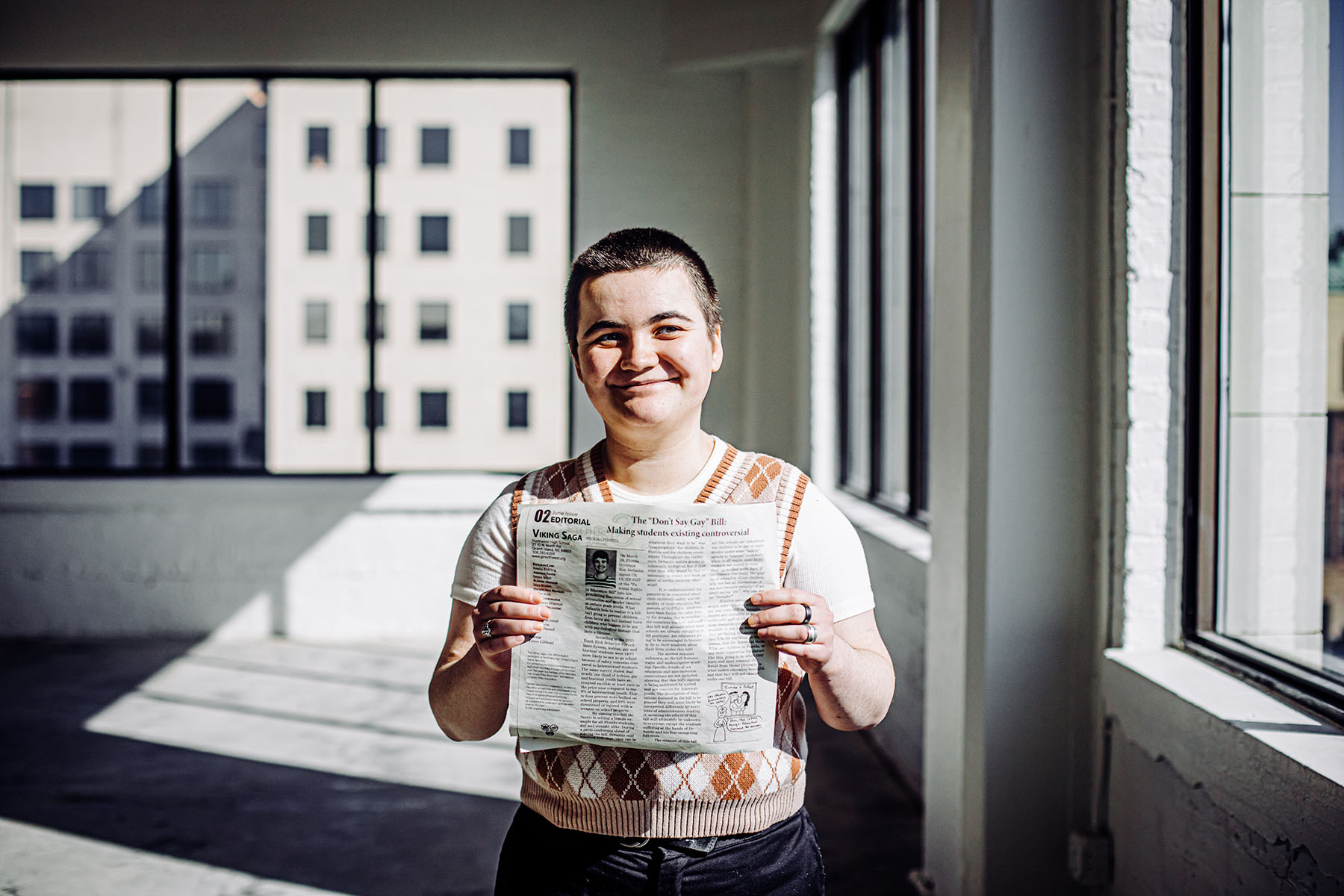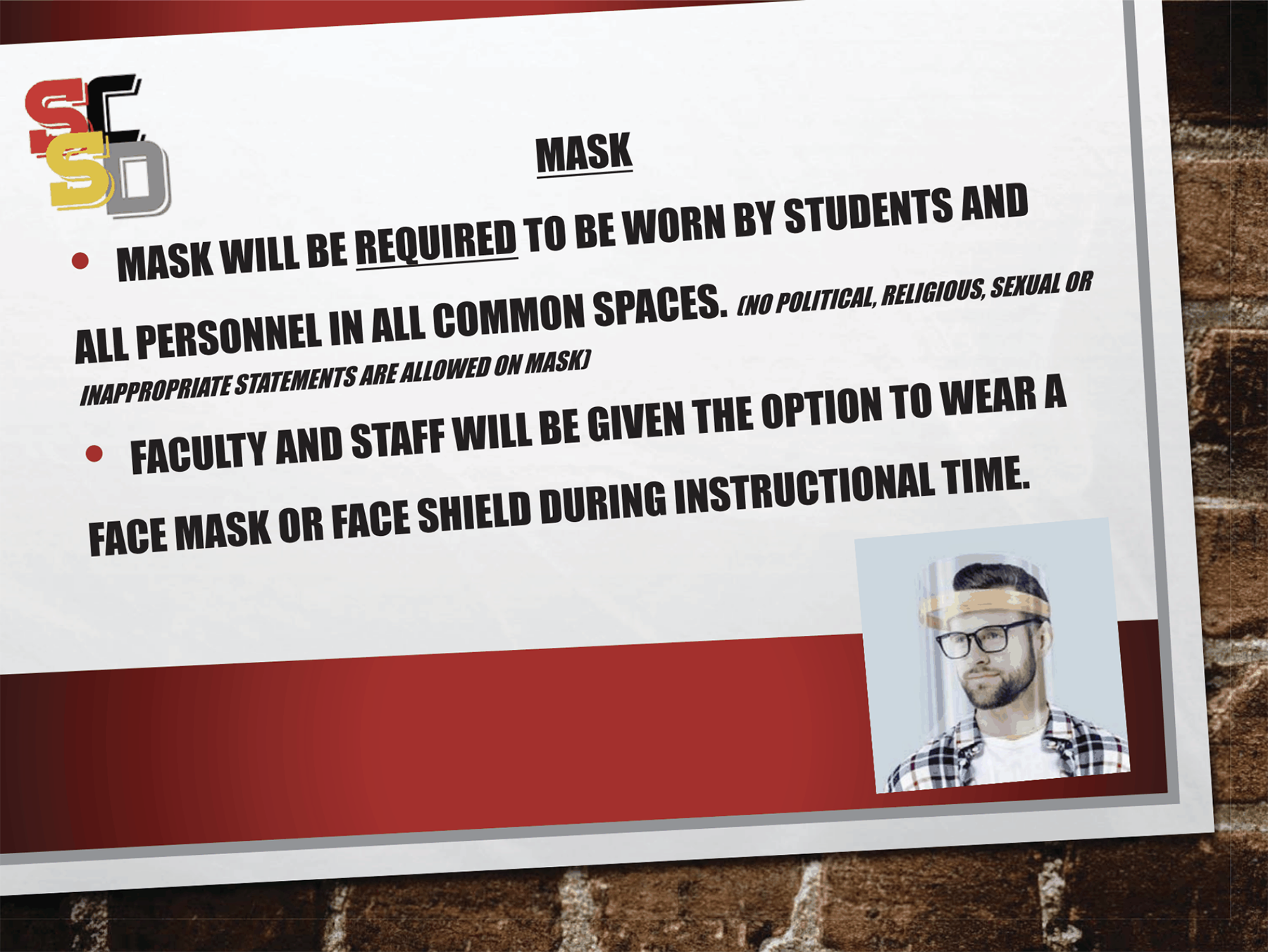In an 8-1 decision on June 23rd, the Supreme Court ruled that a student’s off-campus speech was protected by the First Amendment.
The case, Mahanoy Area School District v B.L., involves a message posted on Snapchat by a then-14 year old student identified as “B.L.”, after she learned she failed to advance from the junior varsity to the varsity cheerleading squad. The message, posted on a Saturday afternoon when she was off-campus, stated, in part, “f*** cheer, f***everything.”
B.L., who has since been identified as Brandi Levy, was booted off the cheerleading squad for a year for violating the school’s “Cheerleading Rules,” which prohibit cheerleaders from posting any “negative information” about cheerleading online.
In 2017, the American Civil Liberties Union (ACLU) sued the school on behalf of the student. The ACLU argued that the First Amendment limits the school’s ability to punish out-of-classroom speech, and that the “Cheerleading Rules” were overbroad and left too much room for school authorities to make subjective decisions about what is “negative.”
For its part, the Mahanoy School District argued that in the age of cyberbullying, much off-campus student social media expression has direct, tangible harm at school, and does constitute a substantial disruption or interference with the rights of others. They argued that oftentimes the intended audience of students’ social media expression is the school community and, thus, they are targeting the school environment.
Traditionally, when handling student speech, courts have relied on the Supreme Court decision, Tinker vs. Des Moines Independent Community School District (1969), which limits school officials’ ability to sanction student speech unless they can show that it would or has “materially and substantially interfere[d]” with the operation of the school. Some courts have just applied the Tinker standard to off-campus speech—see Fourth and Second Circuit rulings—which would require schools to show that the off-campus speech in question was “materially” or “substantially” disruptive.
On June 30, 2020, a three judge panel for the Third Circuit Court of Appeals ruled in favor of Levy, writing that her speech was protected specifically because it occurred off-campus. “B.L. created the snap away from campus, over the weekend, and without school resources, and she shared it on a social media platform unaffiliated with the school,” U. S Circuit Judge Cheryl Ann Krause wrote in the opinion.
The Third Circuit judges went further than previous courts, and ruled that the First Amendment prevents schools from punishing any off-campus speech. Notably, the Third Circuit did not address student speech that is threatening or harassing. “Finally, we adopt and explain our own, concluding that Tinker does not apply to off-campus speech and reserving for another day the First Amendment implications of off-campus student speech that threatens violence or harasses others,” reads the opinion.
The Mahanoy school district appealed the decision, and the Supreme Court heard oral arguments on April 28th.
Writing for the majority on June 23rd, Justice Stephen Breyer said that the school violated Levy’s First Amendment right when they kicked her off of the varsity cheerleading team. “The school itself has an interest in protecting a student’s unpopular expression, especially when the expression takes place off campus, because America’s public schools are the nurseries of democracy,” Breyer wrote for the Court.
“The circumstances of B. L.’s speech diminish the school’s interest in regulation. B. L.’s posts appeared outside of school hours from a location outside the school. She did not identify the school in her posts or target any member of the school community with vulgar or abusive language. B. L. also transmitted her speech through a personal cellphone, to an audience consisting of her private circle of Snapchat friends.”
The Supreme Court also relied on Tinker in its reasoning, saying that Levy’s speech wasn’t substantially disruptive. “The school’s interest in preventing disruption is not supported by the record, which shows that discussion of the matter took, at most, 5 to 10 minutes of an Algebra class ‘for just a couple of days’ and that some members of the cheerleading team were ‘upset’ about the content of B. L.’s Snapchats. This alone does not satisfy Tinker’s demanding standard. Likewise, there is little to suggest a substantial interference in, or disruption of, the school’s efforts to maintain cohesion on the school cheerleading squad,” reads the opinion.
The High Court did, however, took exception to parts of the Third Circuit panel’s ruling. “Unlike the Third Circuit, we do not believe the special characteristics that give schools additional license to regulate student speech always disappear when a school regulates speech that takes place off campus. The school’s regulatory interests remain significant in some off-campus circumstances.”
These circumstances include “serious or severe bullying or harassment targeting particular individuals; threats aimed at teachers or other students; the failure to follow rules concerning lessons, the writing of papers, the use of computers, or participation in other online school activities; and breaches of school security devices, including material maintained within school computers,” Breyer wrote.
Justice Clarence Thomas was the lone dissenter, writing that “the majority fails to consider whether schools often will have more authority, not less, to discipline students who transmit speech through social media.”
“Because off-campus speech made through social media can be received on campus (and can spread rapidly to countless people), it often will have a greater proximate tendency to harm the school environment than will an off-campus in-person conversation,” Thomas added.
NY Times Courthouse News Opinion
Tags



